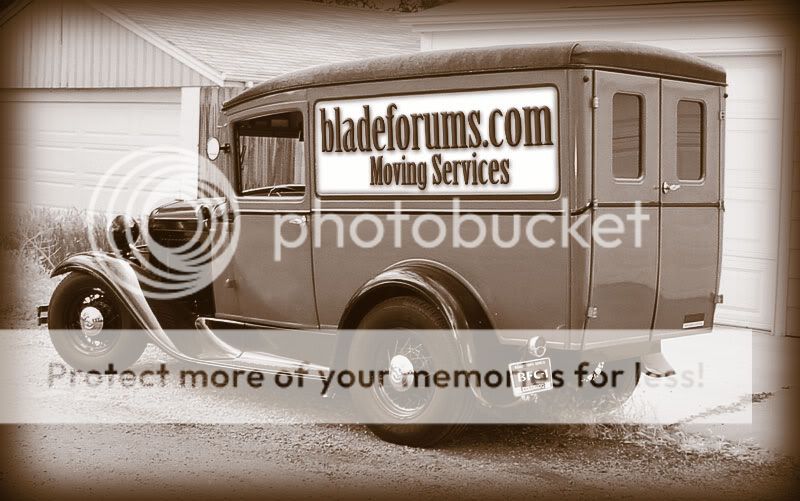- Joined
- Oct 4, 2006
- Messages
- 5
Hello All,
This is my first post here so I'd like to say hello. I'm pretty much a noob when it comes to knives, so if these questions are rather dumb, then my apologies.
I picked up a Norton Sharpening Stone UPB8 that has coarse on one side and fine on the other and now I have a few questions. Their website, IMO, didn't offer a whole lot of information. So here goes:
1) There is a coarse side and a fine side. Wouldn't logic dictate that to get a truely sharp edge, that I'd want to go from coarse, to medium, and then to fine?
2) How much downward pressure should I put on the blade as I am drawing it across the stone?
3) I also have a bottle of honing oil. How much should I put on the stone? Should it pool on top? Because right now if I put oil on the surface it just soaks right into the stone.
Thanks in advance.
GreenLantern
This is my first post here so I'd like to say hello. I'm pretty much a noob when it comes to knives, so if these questions are rather dumb, then my apologies.
I picked up a Norton Sharpening Stone UPB8 that has coarse on one side and fine on the other and now I have a few questions. Their website, IMO, didn't offer a whole lot of information. So here goes:
1) There is a coarse side and a fine side. Wouldn't logic dictate that to get a truely sharp edge, that I'd want to go from coarse, to medium, and then to fine?
2) How much downward pressure should I put on the blade as I am drawing it across the stone?
3) I also have a bottle of honing oil. How much should I put on the stone? Should it pool on top? Because right now if I put oil on the surface it just soaks right into the stone.
Thanks in advance.
GreenLantern

